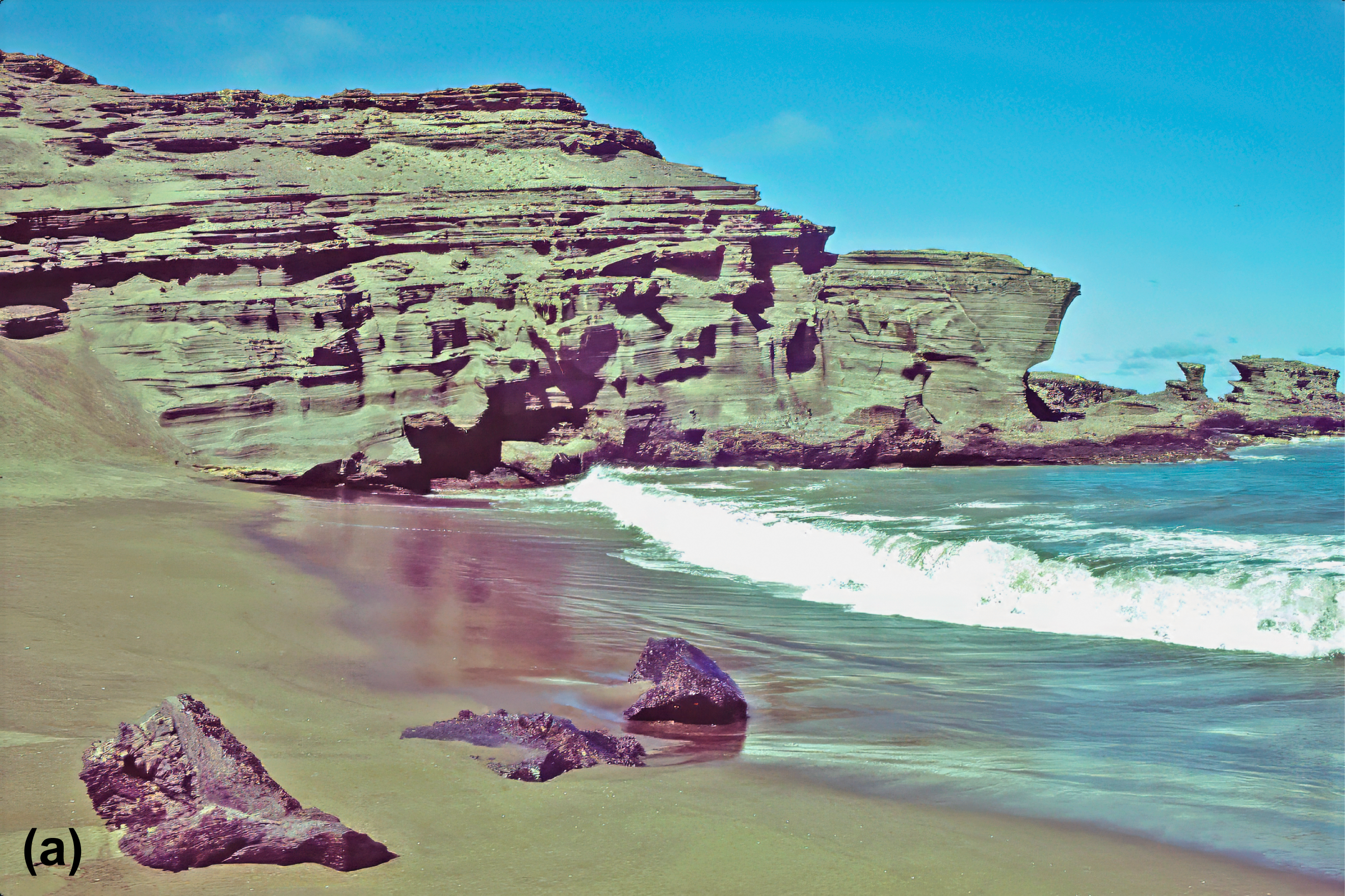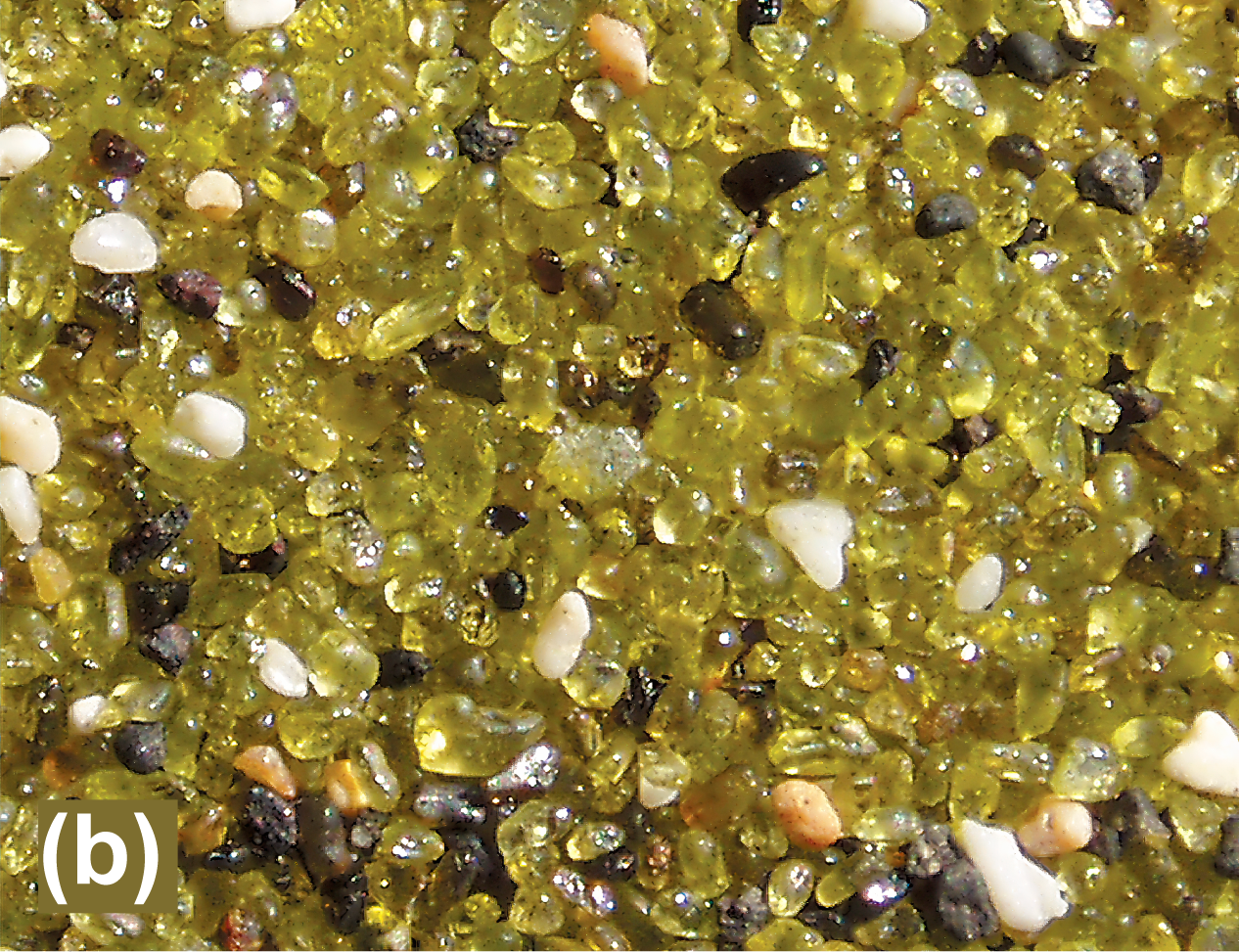6: Ocean Sediments
- Page ID
- 45476
\( \newcommand{\vecs}[1]{\overset { \scriptstyle \rightharpoonup} {\mathbf{#1}} } \)
\( \newcommand{\vecd}[1]{\overset{-\!-\!\rightharpoonup}{\vphantom{a}\smash {#1}}} \)
\( \newcommand{\dsum}{\displaystyle\sum\limits} \)
\( \newcommand{\dint}{\displaystyle\int\limits} \)
\( \newcommand{\dlim}{\displaystyle\lim\limits} \)
\( \newcommand{\id}{\mathrm{id}}\) \( \newcommand{\Span}{\mathrm{span}}\)
( \newcommand{\kernel}{\mathrm{null}\,}\) \( \newcommand{\range}{\mathrm{range}\,}\)
\( \newcommand{\RealPart}{\mathrm{Re}}\) \( \newcommand{\ImaginaryPart}{\mathrm{Im}}\)
\( \newcommand{\Argument}{\mathrm{Arg}}\) \( \newcommand{\norm}[1]{\| #1 \|}\)
\( \newcommand{\inner}[2]{\langle #1, #2 \rangle}\)
\( \newcommand{\Span}{\mathrm{span}}\)
\( \newcommand{\id}{\mathrm{id}}\)
\( \newcommand{\Span}{\mathrm{span}}\)
\( \newcommand{\kernel}{\mathrm{null}\,}\)
\( \newcommand{\range}{\mathrm{range}\,}\)
\( \newcommand{\RealPart}{\mathrm{Re}}\)
\( \newcommand{\ImaginaryPart}{\mathrm{Im}}\)
\( \newcommand{\Argument}{\mathrm{Arg}}\)
\( \newcommand{\norm}[1]{\| #1 \|}\)
\( \newcommand{\inner}[2]{\langle #1, #2 \rangle}\)
\( \newcommand{\Span}{\mathrm{span}}\) \( \newcommand{\AA}{\unicode[.8,0]{x212B}}\)
\( \newcommand{\vectorA}[1]{\vec{#1}} % arrow\)
\( \newcommand{\vectorAt}[1]{\vec{\text{#1}}} % arrow\)
\( \newcommand{\vectorB}[1]{\overset { \scriptstyle \rightharpoonup} {\mathbf{#1}} } \)
\( \newcommand{\vectorC}[1]{\textbf{#1}} \)
\( \newcommand{\vectorD}[1]{\overrightarrow{#1}} \)
\( \newcommand{\vectorDt}[1]{\overrightarrow{\text{#1}}} \)
\( \newcommand{\vectE}[1]{\overset{-\!-\!\rightharpoonup}{\vphantom{a}\smash{\mathbf {#1}}}} \)
\( \newcommand{\vecs}[1]{\overset { \scriptstyle \rightharpoonup} {\mathbf{#1}} } \)
\( \newcommand{\vecd}[1]{\overset{-\!-\!\rightharpoonup}{\vphantom{a}\smash {#1}}} \)
\(\newcommand{\avec}{\mathbf a}\) \(\newcommand{\bvec}{\mathbf b}\) \(\newcommand{\cvec}{\mathbf c}\) \(\newcommand{\dvec}{\mathbf d}\) \(\newcommand{\dtil}{\widetilde{\mathbf d}}\) \(\newcommand{\evec}{\mathbf e}\) \(\newcommand{\fvec}{\mathbf f}\) \(\newcommand{\nvec}{\mathbf n}\) \(\newcommand{\pvec}{\mathbf p}\) \(\newcommand{\qvec}{\mathbf q}\) \(\newcommand{\svec}{\mathbf s}\) \(\newcommand{\tvec}{\mathbf t}\) \(\newcommand{\uvec}{\mathbf u}\) \(\newcommand{\vvec}{\mathbf v}\) \(\newcommand{\wvec}{\mathbf w}\) \(\newcommand{\xvec}{\mathbf x}\) \(\newcommand{\yvec}{\mathbf y}\) \(\newcommand{\zvec}{\mathbf z}\) \(\newcommand{\rvec}{\mathbf r}\) \(\newcommand{\mvec}{\mathbf m}\) \(\newcommand{\zerovec}{\mathbf 0}\) \(\newcommand{\onevec}{\mathbf 1}\) \(\newcommand{\real}{\mathbb R}\) \(\newcommand{\twovec}[2]{\left[\begin{array}{r}#1 \\ #2 \end{array}\right]}\) \(\newcommand{\ctwovec}[2]{\left[\begin{array}{c}#1 \\ #2 \end{array}\right]}\) \(\newcommand{\threevec}[3]{\left[\begin{array}{r}#1 \\ #2 \\ #3 \end{array}\right]}\) \(\newcommand{\cthreevec}[3]{\left[\begin{array}{c}#1 \\ #2 \\ #3 \end{array}\right]}\) \(\newcommand{\fourvec}[4]{\left[\begin{array}{r}#1 \\ #2 \\ #3 \\ #4 \end{array}\right]}\) \(\newcommand{\cfourvec}[4]{\left[\begin{array}{c}#1 \\ #2 \\ #3 \\ #4 \end{array}\right]}\) \(\newcommand{\fivevec}[5]{\left[\begin{array}{r}#1 \\ #2 \\ #3 \\ #4 \\ #5 \\ \end{array}\right]}\) \(\newcommand{\cfivevec}[5]{\left[\begin{array}{c}#1 \\ #2 \\ #3 \\ #4 \\ #5 \\ \end{array}\right]}\) \(\newcommand{\mattwo}[4]{\left[\begin{array}{rr}#1 \amp #2 \\ #3 \amp #4 \\ \end{array}\right]}\) \(\newcommand{\laspan}[1]{\text{Span}\{#1\}}\) \(\newcommand{\bcal}{\cal B}\) \(\newcommand{\ccal}{\cal C}\) \(\newcommand{\scal}{\cal S}\) \(\newcommand{\wcal}{\cal W}\) \(\newcommand{\ecal}{\cal E}\) \(\newcommand{\coords}[2]{\left\{#1\right\}_{#2}}\) \(\newcommand{\gray}[1]{\color{gray}{#1}}\) \(\newcommand{\lgray}[1]{\color{lightgray}{#1}}\) \(\newcommand{\rank}{\operatorname{rank}}\) \(\newcommand{\row}{\text{Row}}\) \(\newcommand{\col}{\text{Col}}\) \(\renewcommand{\row}{\text{Row}}\) \(\newcommand{\nul}{\text{Nul}}\) \(\newcommand{\var}{\text{Var}}\) \(\newcommand{\corr}{\text{corr}}\) \(\newcommand{\len}[1]{\left|#1\right|}\) \(\newcommand{\bbar}{\overline{\bvec}}\) \(\newcommand{\bhat}{\widehat{\bvec}}\) \(\newcommand{\bperp}{\bvec^\perp}\) \(\newcommand{\xhat}{\widehat{\xvec}}\) \(\newcommand{\vhat}{\widehat{\vvec}}\) \(\newcommand{\uhat}{\widehat{\uvec}}\) \(\newcommand{\what}{\widehat{\wvec}}\) \(\newcommand{\Sighat}{\widehat{\Sigma}}\) \(\newcommand{\lt}{<}\) \(\newcommand{\gt}{>}\) \(\newcommand{\amp}{&}\) \(\definecolor{fillinmathshade}{gray}{0.9}\)-
CC1 Density and Layering in Fluids: Fluids, including the oceans, are arranged in layers sorted by their density. Heat sources under the seafloor can heat and reduce the density of any water present, and this heated water rises through the seafloor and up into the water column.
-
CC2 Isostasy, Eustasy, and Sea Level: Earth’s crust floats on the plastic asthenosphere. Sections of crust rise and fall isostatically as temperature changes alter their density. Oceanic crust cools progressively after it is formed and sinks because its density rises. Thus, the seafloor becomes deeper with increasing distance from an oceanic ridge.
-
CC3 Convection and Convection Cells: Fluids that are heated from below, including water within sediments and cracks in the seafloor, rise because their density is decreased. This establishes convection processes. Heated water rising through the seafloor is replaced by colder water that seeps or percolates downward into the seafloor to replace it.
-
CC4 Particle Size, Sinking, Deposition, and Resuspension: Suspended particles (either in ocean water or in the atmosphere) sink at rates primarily determined by particle size: large particles sink faster than small particles. Once deposited, particles can be resuspended if current (or wind) speeds are high enough. Generally large particles are more difficult to resuspend, although very fine particles may be cohesive and also difficult to resuspend. Sinking and resuspension rates are primary factors in determining the grain size characteristics of beach sands and sediments at any given location.
-
CC6 Salinity, Temperature, Pressure, and Water Density: Sea water density is controlled by temperature, salinity, and to a lesser extent pressure. Density is higher at lower temperatures, higher salinities, and higher pressures. Heated water discharged by hydrothermal vents has a high enough salinity in some areas of very limited mixing that it is more dense than the overlying seawater and collects in a layer next to the seafloor.
-
CC7 Radioactivity and Age Dating: Some elements have naturally occurring radioactive (parent) isotopes that decay at precisely known rates to become a different (daughter) isotope. Measuring the concentration ratio of the parent and daughter isotope can be used to calculate the age of the various materials since they were first formed, but only if none of the parent or daughter isotope are gained or lost from the sample during this time period. This condition is usually not met in sediments and radioisotope age dating is difficult so other dating methods including variations in fossil assemblages, and magnetic field properties are used extensively.
-
CC8 Residence Time: The residence time of seawater in a given segment of the oceans is the average length of time the water spends in the segment. In restricted arms of the sea or where residence time is long, very fine grained particles from glaciers and rivers can become concentrated in the water. Residence time is also a major factor in determining the change in concentration of an element in seawater if its inputs to the oceans change.
-
CC9 The Global Greenhouse Effect: The oceans play a major part in studies of the greenhouse effect as the oceans store large amounts of carbon dioxide both in solution and as carbonates in sediments, formed at shallow enough depths that the carbonates are not dissolved.
-
CC14 Phototrophy, Light, and Nutrients: Chemosynthesis and phototrophy, which includes photosynthesis) are the two processes by which simple chemical compounds are made into the organic compounds of living organisms. Many sediments have high concentrations of particles that originate from photosynthetic organisms or species that consume these organisms.


Why should we be interested in marine sediments? Approximately 70% of the Earth’s surface is covered by the oceans, and almost all of the seafloor beneath these oceans is covered by sediments. These sediments provide a home for many living species and contain a wealth of information about the history of the Earth’s climate, oceans, and continents. Sediments accumulate layer by layer and include the remains of dead organisms. By studying changes in the type and chemical composition of the sediment and organisms in each layer beneath the sediment surface, we can learn a great deal about the Earth’s history and the evolution of life.
This chapter reviews the origin and types of particles present in ocean sediments and the mechanisms by which they enter the oceans and are transported to the seafloor. It also describes how the type of sediment that accumulates at any location can change with changes in climate and plate tectonics and examines how the sediments can be used to investigate the Earth’s history.

